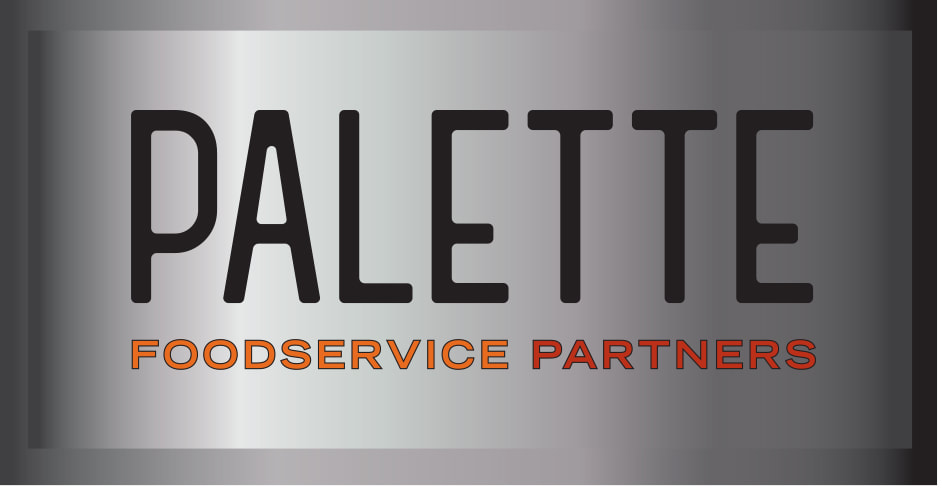|
So many of our payments have become contactless in the past year – and businesses have felt the need to offer card-not-present payment options in an effort to maintain safety, enable off-premise food purchases and promote customer convenience. But as card-not-present transactions have climbed alongside food delivery orders in the past year, so have the opportunities for fraud. Research from Aite Group forecasts a 16.4 percent increase in card-not-present fraud this year. This fraud can hit restaurants with chargebacks that are difficult to dispute, but fortunately there are steps restaurants can take to help detect and prevent fraud. Overall, it’s about identifying patterns about your customers – who they are, how they are ordering, are and how they are finding you. Machine learning tools can help you identify what good customers look like – then flag those that look risky. For example, an order placed from a city other than the one listed as the delivery destination might raise a red flag for a restaurant business. ATM Marketplace advises having a fraud-protection provider that helps screen every transaction – and it’s important for the restaurant to partner with them to ensure the system is adaptable to the business. In a recent webinar entitled “How to Protect your Restaurant from Online Scammers,” Brittany Allen, Trust & Safety Architect at Sift, advised restaurants to use fraud detection systems that provide an activity log that lets them view a customer’s session history, and which use a single dashboard that eliminates the need to jump from tool to tool. Beyond that, Allen said a restaurant operator should know how different fraud alerts rank for their business – and what kinds of fraud similar businesses are facing. Finally, a system should allow you to take action somehow, whether to flag a suspicious transaction for further review or to stop a transaction from occurring.
Fish fraud continues to ramp up, and regulations for the industry still lag behind other industries — Oceana reports that more than 90 percent of the seafood consumed in the U.S. is imported but less than 1 percent is inspected by the government specifically for fraud. In the meantime, researchers are identifying ways to ensure that a fish represented as wild-caught actually is, and that its species and source are presented accurately too. Marine ecologist John Bruno told QSR that red snapper and shrimp are among the biggest offenders when it comes to fraud (Oceana research found that red snapper is far and away the most commonly mislabeled fish) and generic white fish is also ripe for fraud because it can often pass without raising suspicions. Bruno teaches a course about seafood forensics at the University of North Carolina, Chapel Hill, and leads a team that works with restaurant operators to extract DNA from fish tissue, sequence it and compare it to a database to determine if the vendor is trustworthy. The QSR report said operators who aren’t ready to fund such testing (Bruno’s team charges $20 to $30 per sample) can do well by asking suppliers for as much information about the fish’s origins as possible — suppliers of fraudulent fish often fall short in this area — and opting for suppliers that package and label their products thoroughly. Prioritizing strong relationships with local vendors helps too.
|
Subscribe to our newsletterArchives
April 2024
Categories
All
|






 RSS Feed
RSS Feed